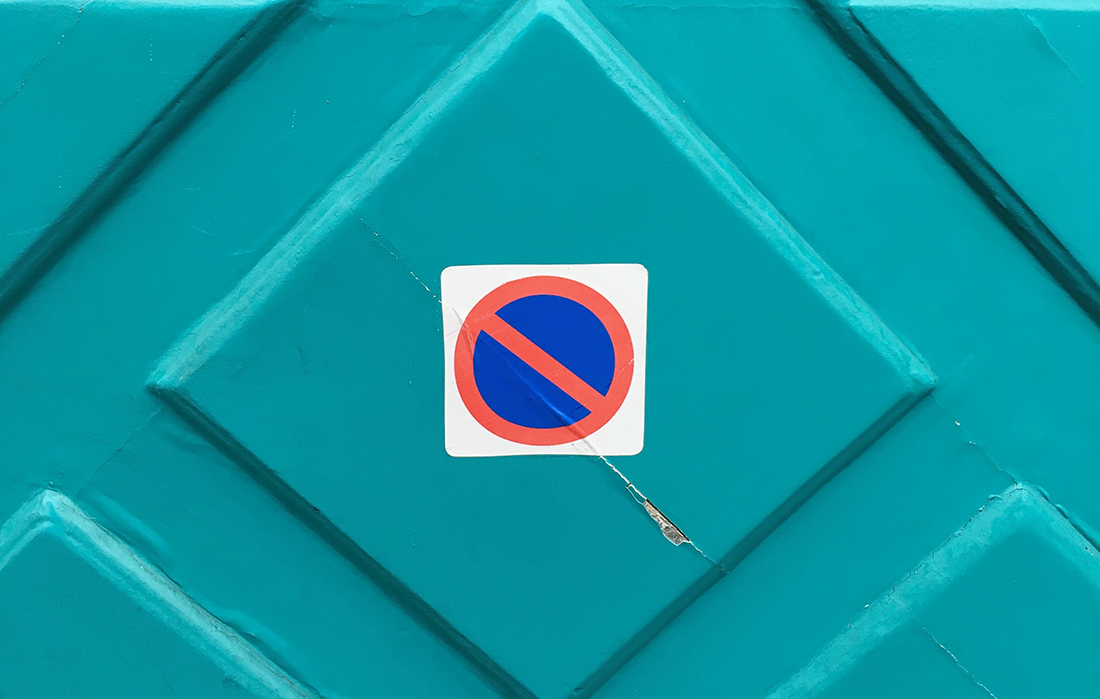10 Things Freelance Designers Should Not Be Doing
Working as a freelance designer is amazingly rewarding, but also hard. After more than 10 years of working in a solo space, I’ve learned a lot of things. (Some of them the hard way.)
This post is designed to help you avoid some of the mistakes that many of us have made on your path to a strong freelance career.
We always talk about the things you should be doing. Today, we are diving into 10 things freelance designers should not be doing.
You can thank us later!
1. Working Without a Plan
Whether you are freelancing to supplement your income as a side hustle or plan to take it into full-time mode, you need a business plan.
A business plan will help you set goals and figure out if freelance design is right for you. It can help you break down costs and income and time in a balanced proportion that can help you see the pros and cons of this work choice.
Your plan doesn’t have to be long or complicated. It could be a simple set of goals and notes that you update annually.
I like to break my plan down into a few measurable goals to track direction and growth. What do I want to accomplish each week? Each month? This year?
The answers could be based on the type of work or projects you want to complete or financial benchmarks.
Writing it down helps hold you accountable to yourself.
2. Taking Every Job
Stop saying yes to every job or project that comes your way. You aren’t doing yourself – or freelance business – any favors by taking projects that are not right for you.
What projects should you say no to?
- Anything that isn’t in your portfolio wheelhouse. Don’t accept a contract for an illustration if you are trying to grow a web design business.
- Anything you don’t have time for. If you are too booked to make deadlines, pass.
- Anything that doesn’t pay what you are worth.
- Every request from a friend or family member. These projects are best handed off to an impartial party.
- Anything that gives you that “gut no” feeling. Almost everyone has had a potential project come along that doesn’t feel right. You can decline them.
3. Working for Free
Freelance does not mean free design work.
While it is ok to take on a pro bono project here and there, you should not be spending your time working for free.
This extends to scope creep as well. (Adding free elements to a project mid-way through or after a project is the equivalent of doing free work, because you should be into another paid project at that time.)
Free work can create a terrible cycle. You do the job as a favor or to be nice. Then that same favor is expected by the receiving party again later or they recommend you to someone else noting that you work for free. You get stuck in an expectation of free work that’s hard to get out of.
4. Forgetting to Communicate
You are almost done with a design project, but when was the last time you spoke to the client. Do they know how things are going? Do they constantly check in with you?
It’s easy as a new freelancer to forget some of the customer care aspects of the work. (You are focused on the design work after all!) But client management can make your freelance life easy or difficult.
More frequent communication, updates, and progress reports generally lead to happier clients.
5. Working in Isolation
There are a lot of design introverts in the creative space.
Now step back from your computer for a minute and think about the last time you worked with someone else, whether a vendor, subcontractor, or just met with a mentor. If it takes more than a couple of seconds to figure it out, it is time to get out of isolation.
It is important for your creative and mental health to have a network of people that understand you and your work and are part of the process. Coffee with another freelancer counts as getting out of isolation, so does taking an online class on a specific technique or trend.
You’ll be fresher and more creative when you don’t get lost in your own space.
6.Taking Too Many Clients at Once
This concept goes back to having a plan and saying no. Don’t take too many clients at one time.
There’s only so much work an individual can do.
It should be one of your top priorities to know your bandwidth.
If you overextend, chances are everyone will be disappointed in the end – you, clients, family, and friends – and could damage your professional reputation.
7. Stressing About Money Conversations
Stop stressing about budgets and money conversations with clients.
Own your talent and ability and its value.
I actually suggest leading with budget conversations before getting too far into projects because this can separate good project leads from the bad. If a client doesn’t have the budget to work with you, move on.
Money conversations can go a lot of different ways. But the reality for freelancers is this – every minute you spend with a client before getting a contract or starting work is free.
How much legwork do you want to do only to find out the client has a $500 budget for a website? Numbers don’t have to be final but go into these conversations with a ballpark budget figure so that you and the client know right away if you have the potential to be a match.
8. Being Unprepared
Stop heading into phone calls with clients unprepared.
Do your homework. Know what a potential client does, what presence they already have, and the business they are in before meetings.
Preparation will make you more confident about projects and the value you can offer. It can help close deals and set the entire tone for running a project.
9. Neglecting Your Business
Freelance design is a business. You need to treat it as such.
Make sure you understand tax statuses, licensing in your area, and any rules related to doing business where you live. It may need to incorporate, hire an attorney or accountant, and create an online presence or brand for yourself.
The more serious you are about growing income as a freelancer, the more important all of these things become.
The other business element that’s important is creating processes and flows to ensure that you actually get paid. Even freelancers that only take a couple of projects a year should invest time in developing a process for invoicing and paperwork that makes it easy for clients to pay, easy for you to know when they don’t, and have everything you need for tax season at hand.
10. Feeing Possessive About Projects
This might be the thing that can be the most difficult for many freelancers – projects aren’t really yours. They belong to the client.
What the client wants and what meets their goals and makes them happy is the right solution.
Sometimes the result will not be the design concept you like best. Sometimes the result won’t even look amazing to you (but the client might like it).
Paid freelance projects for clients belong to them. Sometimes a project will look great in your portfolio and meet client needs, but that’s not always the case.
If you want to find long-term success, client happiness should be a top priority. Projects have to meet their goals.




